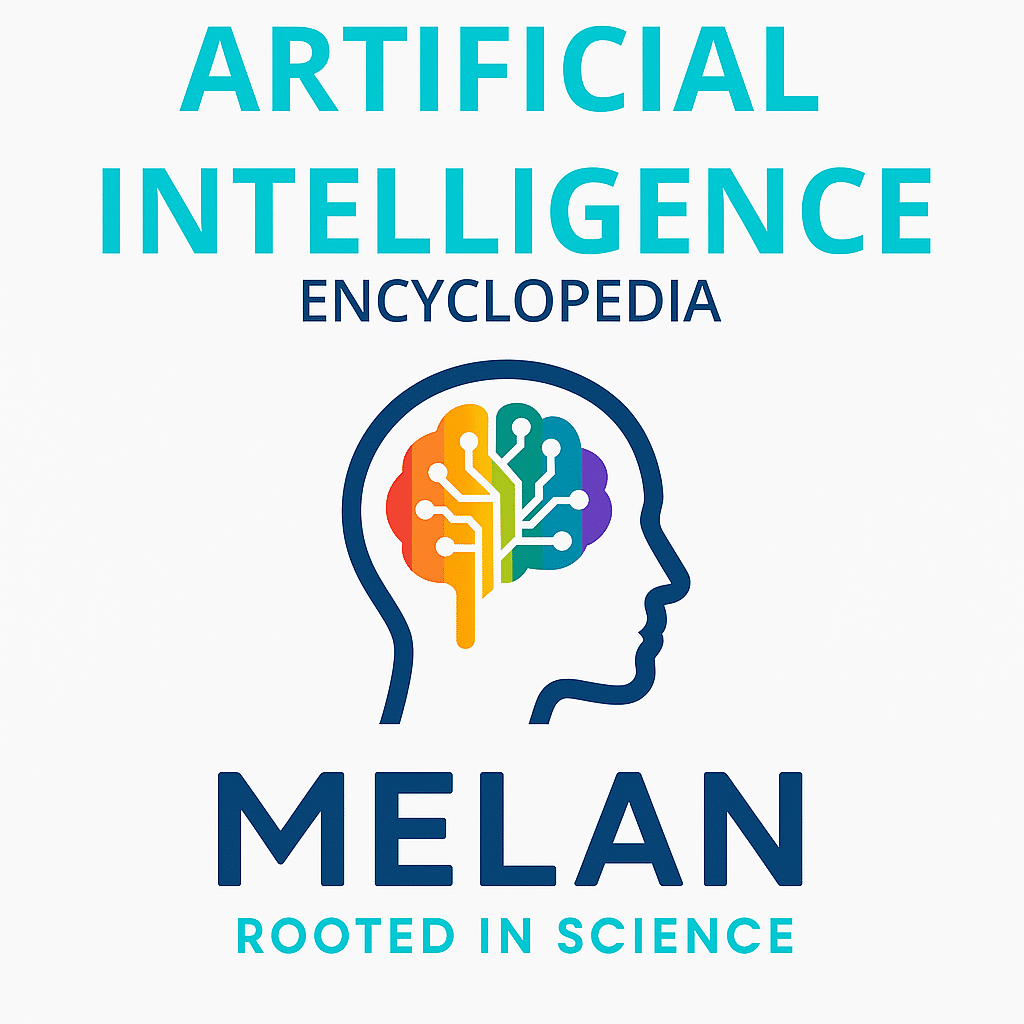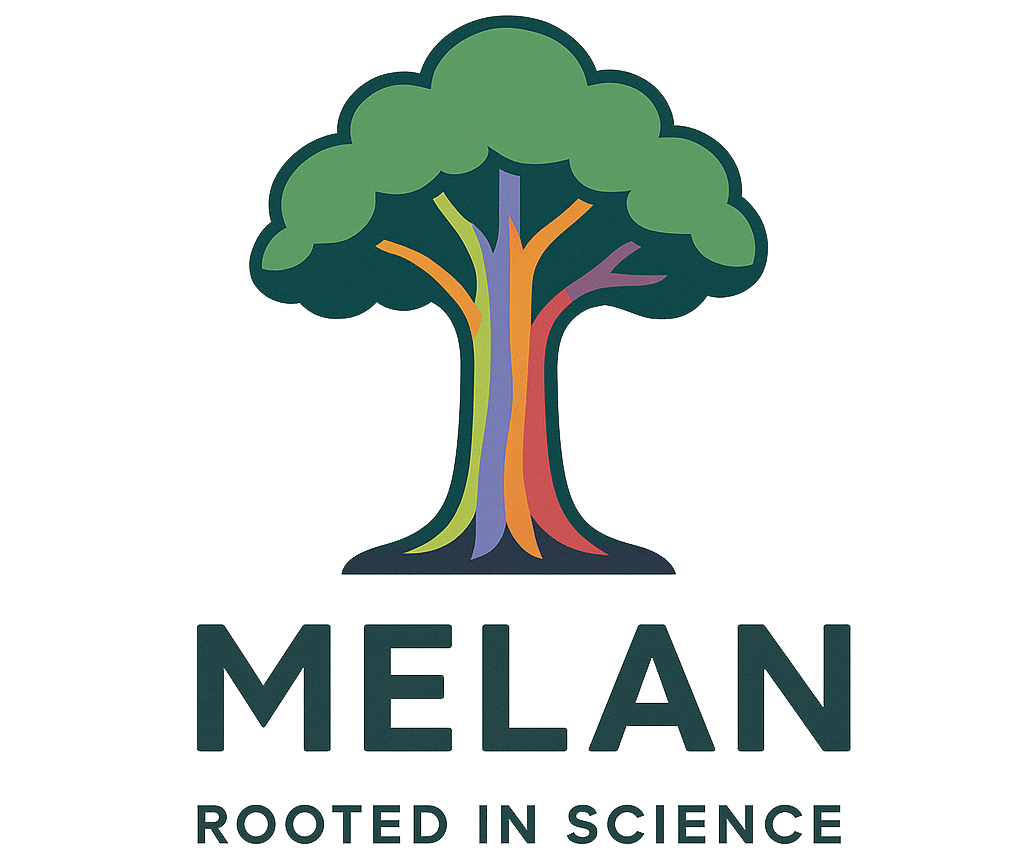Large Language Model (LLM) refers to artificial intelligence systems trained on vast amounts of text data to understand, generate, and manipulate human language at scale, typically containing billions or trillions of parameters that enable sophisticated natural language processing capabilities. These models, including systems like GPT-4, Claude, and Gemini, represent a breakthrough in AI’s ability to engage in human-like conversation, write coherent text, answer questions, and perform complex language tasks across diverse domains.
Large Language Model (LLM)
|
|
|---|---|
| Category | Artificial Intelligence, Natural Language Processing |
| Subfield | Deep Learning, Generative AI, Machine Learning |
| Key Architecture | Transformer Neural Networks, Attention Mechanisms |
| Parameter Scale | Billions to Trillions of Parameters |
| Training Method | Unsupervised Learning, Reinforcement Learning from Human Feedback |
| Sources: Attention Is All You Need, GPT-4 Technical Report, Anthropic Research | |
Other Names
Foundation Models, Generative Pre-trained Transformers, Language Foundation Models, Large Language Systems, Autoregressive Language Models, Neural Language Models, Conversational AI
History and Development
Large language models evolved from earlier natural language processing research, with key foundations laid by the transformer architecture introduced by Google researchers Vaswani, Shazeer, and others in their 2017 “Attention Is All You Need” paper. OpenAI’s GPT (Generative Pre-trained Transformer) series, beginning with GPT-1 in 2018, demonstrated the potential of scaling transformer models to larger sizes and datasets. GPT-2 in 2019 showed remarkable text generation capabilities, while GPT-3 in 2020 with 175 billion parameters achieved widespread attention for its human-like conversational abilities.
The field accelerated rapidly with the 2022 release of ChatGPT, which brought LLMs to mainstream public awareness and sparked global interest in generative AI. Competing models from Anthropic (Claude), Google (LaMDA, then Bard/Gemini), and others have since advanced the field, while ongoing research focuses on improving safety, reducing bias, and enhancing reasoning capabilities.
How Large Language Models Work
Large language models operate through transformer neural network architectures that process text by converting words into numerical tokens and using attention mechanisms to understand relationships between words across entire documents. During training, models learn to predict the next word in a sequence by analyzing billions of text examples from books, websites, and other sources, developing statistical patterns about language structure, grammar, and meaning.
The attention mechanism allows models to focus on relevant parts of the input when generating responses, enabling them to maintain context across long conversations or documents. After initial training, many LLMs undergo additional fine-tuning using reinforcement learning from human feedback (RLHF), where human trainers rate model outputs to improve helpfulness, accuracy, and safety. The massive scale of parameters that are often hundreds of billions in magnitude enables these models to store and access vast amounts of learned information and linguistic patterns.
Variations of Large Language Models
Generative Pre-trained Transformers (GPT)
Autoregressive models that generate text by predicting one token at a time, including OpenAI’s GPT series and similar architectures that excel at creative writing, conversation, and text completion tasks.
Encoder-Decoder Models
Bidirectional models like T5 and BART that can both understand and generate text, particularly effective for tasks requiring text transformation such as summarization, translation, and question answering.
Multimodal Large Models
Advanced systems that combine language processing with other modalities like images, audio, or video, enabling capabilities such as image description, visual question answering, and cross-modal reasoning.
Real-World Applications
Large language models power conversational AI assistants like ChatGPT, Claude, and Bard that help users with writing, research, problem-solving, and general information queries across diverse topics. Content creation platforms use LLMs to generate marketing copy, blog posts, product descriptions, and creative writing, transforming industries like advertising and publishing. Educational technology employs LLMs for personalized tutoring, essay feedback, and interactive learning experiences that adapt to individual student needs.
Software development tools integrate LLMs to assist with code generation, debugging, and documentation, significantly accelerating programming workflows. Customer service systems use LLMs to handle support inquiries, provide product information, and resolve common issues through natural language interfaces that improve user experience while reducing costs.
Large Language Model Benefits
Large language models democratize access to sophisticated writing and analytical capabilities, enabling individuals and organizations to produce high-quality content, research assistance, and problem-solving support regardless of their technical expertise. They provide 24/7 availability for information access and assistance, offering immediate responses to questions and tasks that might otherwise require significant time or specialized knowledge. LLMs can process and synthesize information from vast knowledge bases, helping users quickly understand complex topics, compare different perspectives, and generate insights across multiple domains.
The models’ versatility allows them to adapt to various tasks and industries without requiring specialized training, reducing the cost and complexity of deploying AI solutions. They also serve as powerful tools for creativity and ideation, helping writers overcome creative blocks, generate alternative perspectives, and explore new ideas through interactive collaboration.
Risks and Limitations
Hallucination and Factual Accuracy Issues
Large language models frequently generate plausible-sounding but false information, fabricating citations, statistics, and factual claims that can mislead users who trust the confident presentation of incorrect data. This hallucination problem makes LLMs unreliable for factual research, academic work, or professional applications where accuracy is critical, requiring extensive fact-checking and verification processes.
Bias and Discrimination Amplification
LLMs trained on internet text inherit and amplify societal biases related to race, gender, religion, and other characteristics, potentially generating discriminatory content or reinforcing harmful stereotypes. These biases can affect hiring decisions, educational applications, and other high-stakes uses where unfair treatment could cause significant harm to individuals and communities.
Privacy and Data Security Concerns
The massive datasets used to train LLMs may contain personal information, copyrighted content, and sensitive data that models can potentially reproduce or reference inappropriately. Users sharing personal information with LLMs risk data exposure, while the opacity of training data makes it difficult to ensure privacy protection and compliance with data protection regulations.
Economic Disruption and Labor Market Impact
LLMs threaten to automate many knowledge work jobs in writing, analysis, customer service, and other fields, potentially causing significant unemployment and economic disruption. The concentration of LLM development among a few large technology companies raises concerns about market monopolization and unequal access to transformative AI capabilities.
Regulatory Frameworks and Governance Challenges
The rapid deployment of LLMs has outpaced regulatory frameworks, creating uncertainty about liability, safety requirements, and appropriate use cases. The European Union’s AI Act includes provisions for foundation models, while other jurisdictions develop their own approaches to LLM governance. These regulatory changes stem from legal pressure following cases where LLM-generated content caused harm or spread misinformation, market demands from users and organizations for trustworthy AI systems, reputation management after high-profile failures and bias incidents, and investor concerns about regulatory risk and long-term sustainability of LLM applications.
Industry Standards and Responsible Development
Technology companies, AI researchers, civil society organizations, and government agencies work to establish standards for responsible LLM development and deployment, while professional associations develop guidelines for appropriate use in various fields. Academic institutions and publishers create policies addressing LLM use in research and education that balance innovation with integrity concerns. The intended outcomes include improving LLM safety and reliability, reducing harmful bias and misinformation, establishing clear guidelines for professional and educational use, and ensuring equitable access to beneficial LLM capabilities.
Initial evidence shows increased investment in AI safety research, development of bias detection and mitigation techniques, growing awareness of LLM limitations among users, and establishment of industry standards for responsible AI development, though comprehensive governance frameworks continue evolving as the technology advances rapidly.
Current Debates
Artificial General Intelligence and Consciousness
Researchers and philosophers debate whether large language models represent steps toward artificial general intelligence or sophisticated pattern matching systems, with disagreements about whether LLMs can achieve true understanding, consciousness, or reasoning beyond statistical prediction.
Open Source vs. Proprietary Model Development
The AI community is divided between advocates for open-source LLM development who argue for democratized access and transparency, and those supporting proprietary development who emphasize safety controls and responsible deployment through limited access.
Training Data and Copyright Issues
Content creators, publishers, and AI companies engage in legal and ethical debates about using copyrighted material to train LLMs, with ongoing lawsuits challenging whether such use constitutes fair use or copyright infringement that requires licensing agreements.
Model Scale vs. Efficiency Trade-offs
Researchers debate whether continued scaling to larger models is sustainable given computational costs and environmental impact, versus focusing on more efficient architectures and training methods that achieve similar capabilities with fewer resources.
Regulation and Innovation Balance
Policymakers struggle to develop regulations that ensure LLM safety and prevent harm while maintaining innovation and competitiveness, particularly given the global nature of AI development and deployment.
Media Depictions of Large Language Models
Movies
- Her (2013): Samantha (voiced by Scarlett Johansson) represents an advanced conversational AI system similar to modern LLMs, exploring themes of human-AI relationships and the nature of artificial consciousness
- Ex Machina (2014): Ava’s (Alicia Vikander) natural language capabilities and conversational manipulation reflect concerns about advanced LLMs’ ability to understand and influence human behavior
- Transcendence (2014): Will Caster’s (Johnny Depp) uploaded consciousness demonstrates themes of intelligence amplification and the potential for AI systems to exceed human capabilities
TV Shows
- Westworld (2016-2022): Android hosts’ natural language abilities and conversational adaptability parallel modern LLM capabilities, while exploring questions about artificial consciousness and authenticity
- Black Mirror: “USS Callister” features AI entities with sophisticated language capabilities, while “Be Right Back” explores AI systems trained on personal data to replicate deceased individuals
- Upload (2020-present): Digital consciousness systems demonstrate advanced natural language processing similar to LLMs, exploring themes of digital immortality and human-AI interaction
Books
- The Lifecycle of Software Objects (2010) by Ted Chiang: Explores AI entities with sophisticated language capabilities that develop relationships with humans, paralleling concerns about LLM consciousness and emotional intelligence
- Klara and the Sun (2021) by Kazuo Ishiguro: The AI protagonist Klara demonstrates advanced language understanding and emotional intelligence similar to modern LLMs, while exploring themes of artificial empathy
- Machine Dynasty series by Madeline Ashby: Features AI characters with natural language abilities that challenge distinctions between human and artificial intelligence
Games and Interactive Media
- The Stanley Parable (2011): The Narrator’s (voiced by Kevan Brighting) sophisticated commentary and adaptive responses to player behavior parallel LLM conversational capabilities and contextual understanding
- AI Dungeon (2019-present): Interactive storytelling game powered by GPT models that demonstrates real-world LLM applications in creative and entertainment contexts
- Chatbot Interfaces: Real-world interactions with ChatGPT, Claude, Bard, and other LLM-powered systems provide direct experience with conversational AI capabilities and limitations
Research Landscape
Current research focuses on improving LLM reasoning capabilities through techniques like chain-of-thought prompting, tool use, and multi-step planning that enable more sophisticated problem-solving. Scientists are developing methods to reduce hallucination and improve factual accuracy through retrieval-augmented generation, fact-checking integration, and uncertainty quantification. Efficiency research aims to create smaller models with comparable capabilities through techniques like distillation, pruning, and more efficient architectures.
Emerging areas include multimodal models that integrate language with vision and other modalities, specialized domain models for scientific and professional applications, and alignment research focused on ensuring LLMs behave according to human values and intentions.
Selected Publications
Frequently Asked Questions
What exactly is a large language model?
A large language model is an AI system trained on massive amounts of text to understand and generate human language, capable of conversation, writing, analysis, and various language tasks through learned patterns and statistical relationships.
How do LLMs like ChatGPT, DeepSeek, and Claude actually work?
LLMs use transformer neural networks with billions of parameters to process text, predicting the most likely next word based on patterns learned from training data, then generating coherent responses through this prediction process.
Are LLMs actually intelligent or just sophisticated pattern matching?
This remains a debated question in AI research, with some arguing LLMs demonstrate genuine understanding and reasoning, while others view them as advanced statistical systems that mimic intelligence without true comprehension.
What are the main risks of using LLMs?
Key risks include hallucination of false information, potential bias and discrimination, privacy concerns with shared data, over-reliance on AI for critical decisions, and the possibility of generating harmful or misleading content.
How will LLMs change work and education?
LLMs are likely to automate some tasks in writing, analysis, and customer service while creating new opportunities in AI collaboration, prompt engineering, and human oversight roles, requiring adaptation in educational and professional practices.


